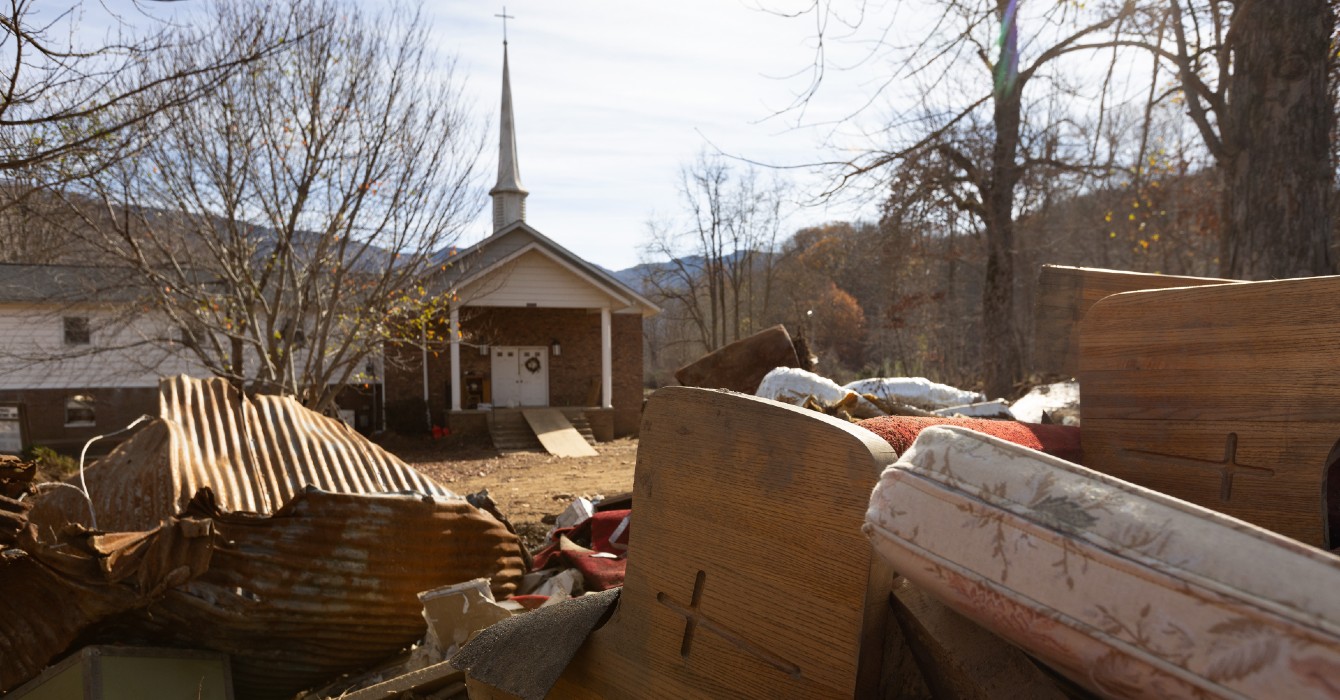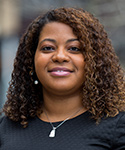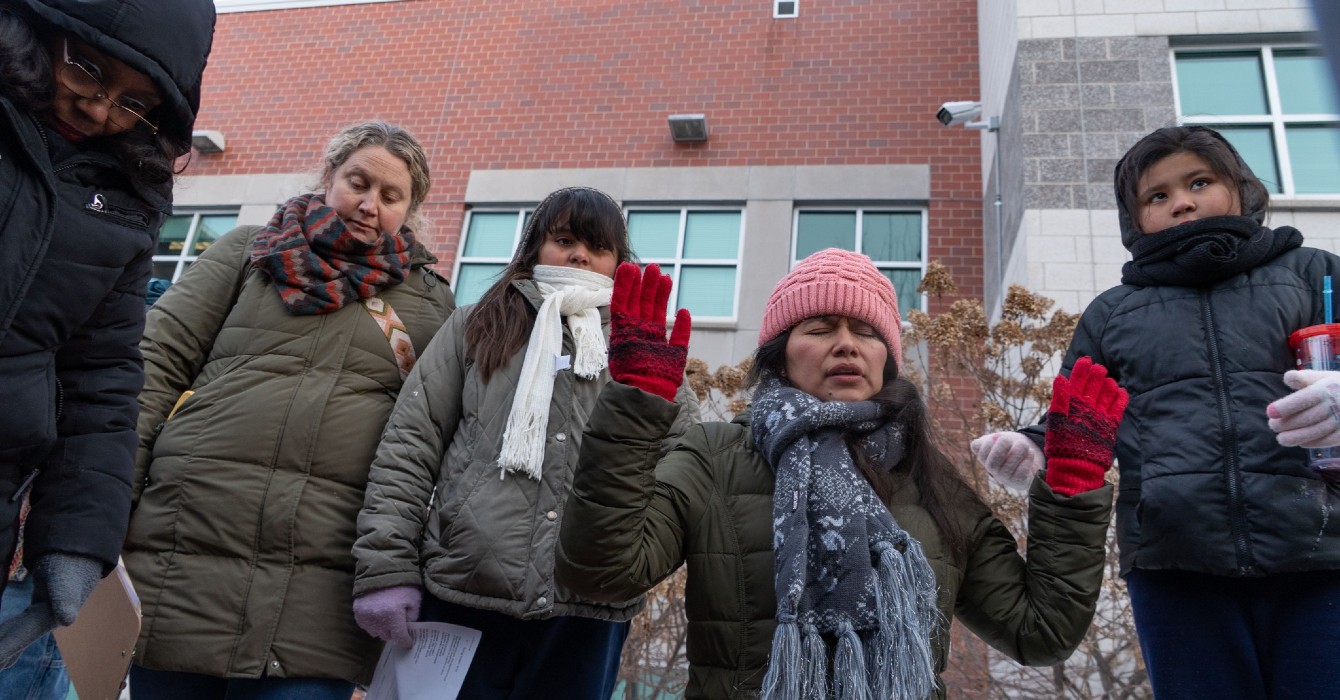In February 2020, I attended Super Bowl LIV amid early chatter about a virus in China. I was not alarmed when I developed a fever, lost my ability to taste and became bedridden days after my return to New York. However, just weeks later, I found myself on the phone with a member of our church who is a doctor of infectious diseases. That conversation informed our church’s decision to cancel in-person worship services, two weeks prior to New York state’s required lockdown.
New York’s Black church leaders expressed a mixed response to the lockdown. Some saw then-Governor Cuomo’s order to cancel in-person worship as going too far. They regarded this restriction as an opportunity to stand against an evil attempt to silence the church by continuing in-person worship. Others, including Hope City Church, where I serve as senior pastor, used the order as an opportunity to expand our reach.
I never saw the order as a mandate against being in the church. Instead, I saw the pandemic as an opportunity to be faithful to my calling. Paul speaks to this in the book of Ephesians, in which he outlines what I regard as the pastor’s job description — to “equip the saints for the work of ministry” (Ephesians 4:12 NRSV).
He also explains in 2 Timothy 3:17 (NKJV) that our goal is “that the man of God may be complete, thoroughly equipped for every good work.” According to Paul, Scripture is to be used in preparation for preaching and ministry work. I believe that this “good work” is ministering to the needs of our community.
A decade ago, Eddie Glaude argued that the Black church is dead and offered reasons to explain the demise of its centrality to Black life in America. However, I was birthed in and profess homage to the Black church that is not restricted to a physical place but speaks to a collective experience that has moved through American history. This Black church, conceived in our African origin, delivered by the midwife of Jim Crow and matured during the civil rights era, now continues to grow through the Black Lives Matter movement. This Black church, in the spirit of Delores Williams, “is invisible” yet becomes visible through its impactful work.
As I reflect on the work of the Black church over the past three years, I would argue that the proof of life for the Black church is the thousands of lives that its work saved during the pandemic.
In addition to moving our worship services online in March 2020, my church went to work by implementing a three-phased initiative we called Alleviate, Educate, Activate (A.E.A.).
The community we serve in East New York (ENY) Brooklyn was caught off guard by the magnitude of deaths it experienced because of the COVID-19 pandemic. Like other underserved communities, ENY residents face high living costs, increased crime rates, co-morbidities and decreased access to resources. ENY’s high population density (nearly 30,000 people per square mile), coupled with residents’ distrust of the government, exacerbated the spread of the virus and misinformation. A lockdown for our community meant no work and no way for residents to feed their families or pay their bills, which increased financial stress. So the church went to work.
Alleviate. To alleviate the financial stress in our community, I made a decision to model Christ and not the church. We made decisions by first asking, “What did Jesus do?” and then doing that. Our finance team created a system that invited anyone who needed financial assistance to text “HELP” to the church. Eligibility for this program was based solely on need rather than church membership or being a Christian. But this did not go far enough in relieving the pain that our people were experiencing. We went further and started working to address the distrust and misinformation in our community.
Educate. We used sermons to speak to the needs of our community members by providing present-day application of God’s word. Instead of using Scripture to explain the pandemic, our sermons illuminated God’s desire for how the church should work to address the community’s needs during the pandemic.
In addition, we hosted virtual open forums with local pastors and health experts. These events allowed the community to voice their concerns in guided discussions that dispelled myths about theology, the Black church, and the COVID-19 virus, tests and vaccines.
Finally, we made health professionals available at our church to answer questions and promote COVID-19 testing and vaccinations. It became common for community members to return with friends and family to walk them through the testing or vaccination experience after speaking with us.
Activate. We repurposed our physical spaces to combat distrust by activating community members to serve our community. We converted our sanctuary into a vaccination and testing clinic that saw thousands of people. We also provided free mental health services to address trauma in our community.
Faced with increased food insecurity, we transformed a building purchased months before the pandemic into a food distribution center. We designed a text-based contactless system that enabled us to keep our volunteers and our most vulnerable community members safe as we met food needs. In the summer of 2020, we fed over 100,000 people.
Black people no longer top the list of those dying from COVID-19, a reality that I believe churches like mine helped make possible. The Black church is not dead, and the lives saved as a result of our work during the pandemic serve as the pulsating proof of our impactful existence.
This Black church, conceived in our African origin, delivered by the midwife of Jim Crow and matured during the civil rights era, now continues to grow through the Black Lives Matter movement.












